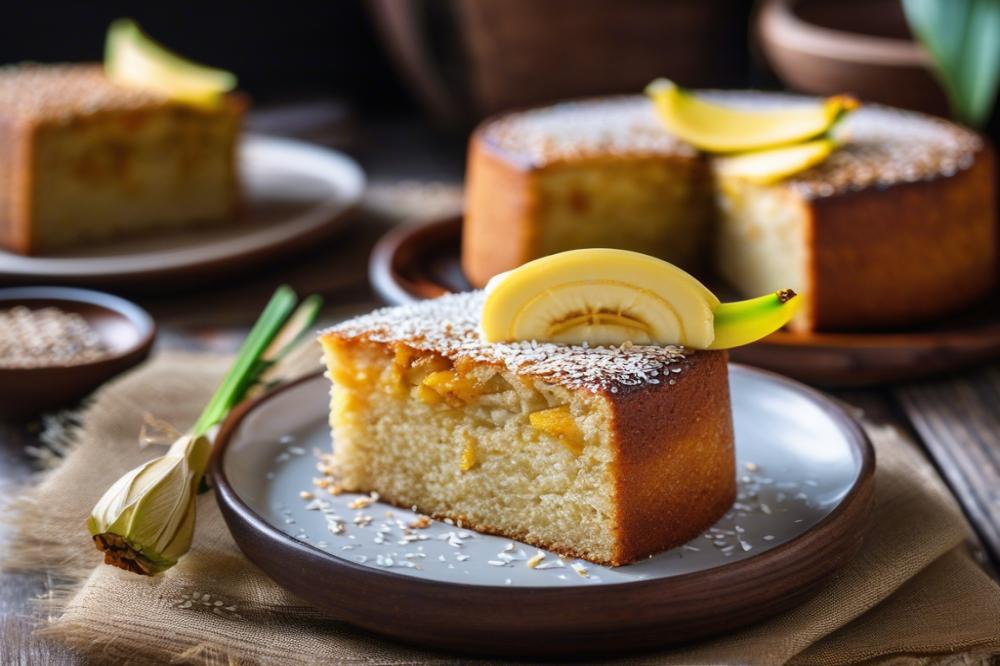Introduction
Bánh Chuối Nướng, a popular Vietnamese Banana Cake, embodies the heart of traditional desserts in Vietnam. This sweet treat combines simple yet flavorful ingredients to create a dish that delights the senses. Rich in flavor and history, the cake often graces family tables during special occasions. Traditional Vietnamese desserts like this one play a vital role in Asian cuisine. They offer a window into cultural practices and the importance of sharing food together.
The banana cake recipe utilizes ripe bananas, which add natural sweetness. Coconut milk brings a creamy texture and enhances the overall flavor. Glutinous rice flour is essential, providing the cake with its unique, chewy consistency. These ingredients not only make for an easy baking experience but also reflect the culinary traditions of Vietnam. Each bite of this steamed banana cake reveals a delightful mix of flavors that can transport one to the vibrant streets of Hanoi or Ho Chi Minh City.
Vietnamese desserts are more than just sweet endings to a meal; they tell stories of family and community. The simple act of gathering around a dessert can create cherished memories. For those seeking to explore Asian cuisine, Bánh Chuối Nướng offers a delicious adventure into the world of sweet treats. Understanding the significance of each ingredient makes the preparation feel more meaningful. Cooking this cake is not just about the end result; it is about embracing culture and connecting to one’s roots.
Bánh Chuối Nướng Recipe
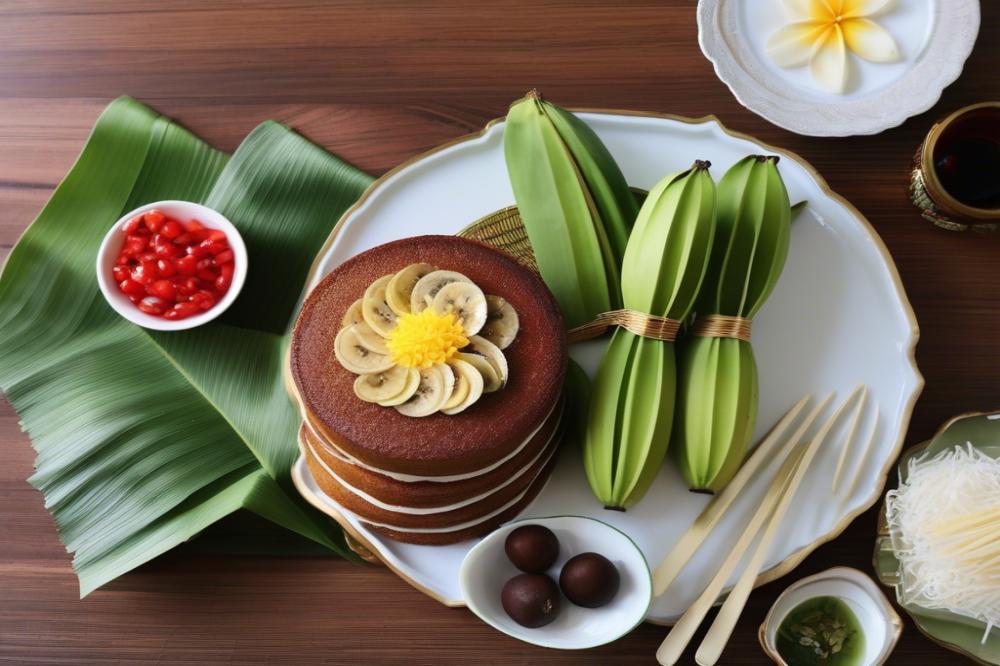
Ingredients list with quantities
- 4 ripe bananas
- 200g glutinous rice flour
- 1 can (400ml) coconut milk
- 100g sugar (adjust to taste)
- 1 tsp vanilla extract
- 1/2 tsp salt
- Optional toppings: toasted sesame seeds or grated coconut
Nutritional information for each ingredient
Ripe bananas provide natural sweetness and important nutrients. Glutinous rice flour adds a chewy texture and is low in fat. Coconut milk enriches the flavor with healthy fats. Sugar is used to enhance the cake’s sweetness but can be adjusted. Vanilla extract gives a pleasant aroma. Salt balances the flavors.
Preparation instructions
- Begin by preheating the oven to 180°C (350°F).
- Next, mash the ripe bananas in a bowl until mostly smooth.
- Combine all ingredients in a mixing bowl. Mix well until smooth and fully incorporated.
- Pour the mixture into a greased baking dish, spreading it evenly.
- Bake for 35-40 minutes. Check for a golden brown top and firm texture.
This banana cake recipe creates a delightful Vietnamese dessert that is both comforting and satisfying. The use of coconut milk provides a rich flavor, making it a prime example of Asian cuisine’s sweet treats. Feel free to add optional toppings for extra crunch and flavor.
Tips for Making the Perfect Bánh Chuối Nướng
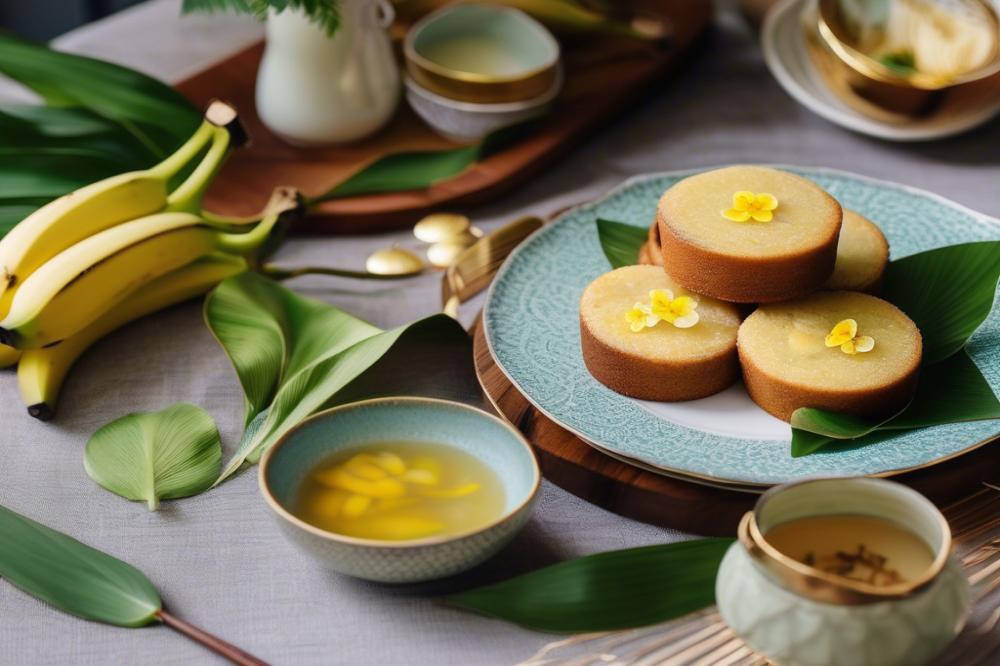
Choosing the Right Bananas for Optimal Sweetness
Selecting the perfect bananas is crucial for your Vietnamese dessert. Ripe bananas work best. Look for those with a few brown spots. Such bananas are naturally sweeter and will add depth to your banana cake recipe. Avoid green bananas; they can be starchy and lack flavor. For the most authentic taste, use medium-sized, soft bananas.
How to Adjust Sweetness Based on Personal Preference
Everyone has a different sweet tooth. Start with the basic recipe and taste the mixture before baking. If it feels too bland, add a bit more sugar or honey. Adjust according to your liking. Remember, if you add coconut milk, it can increase sweetness too. The balance of flavors can make the banana cake recipe truly enjoyable.
Variations for Additional Flavors or Textures
Enhancing your baked banana cake with extra ingredients can create amazing twists. Consider adding nuts for a crunchy texture. Walnuts and almonds pair wonderfully with bananas. Alternatively, chocolate chips can introduce a rich flavor. Another option is to mix in glutinous rice flour; it gives the cake a delightful chewy consistency. Playing with different spices, like cinnamon or vanilla, also adds more complexity. Feel free to experiment with these ideas to make your traditional dessert even more special.
Cultural Significance of Bánh Chuối Nướng
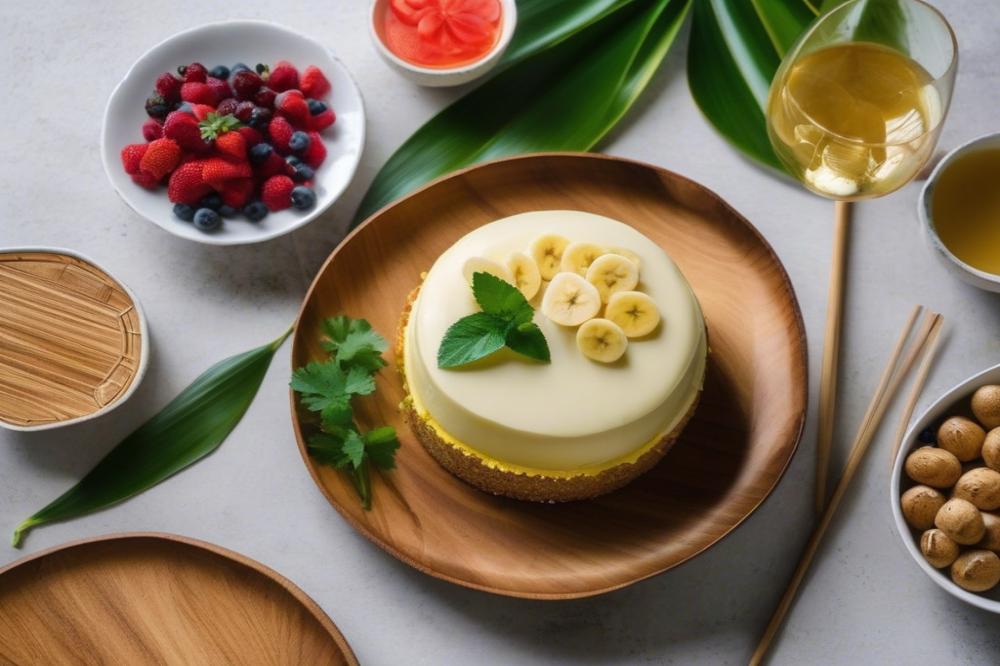
Origins of the Dish in Vietnamese cuisine
Rooted deeply in Vietnamese culinary traditions, this dessert showcases the abundance of tropical ingredients. Ripe bananas play a central role, offering natural sweetness. Many families have passed down the banana cake recipe through generations. The use of coconut milk adds richness, making each bite delightful. It reflects the resourcefulness of Vietnamese cooking, as simple ingredients can transform into a delicious treat. Its history ties back to both home cooking and street food, symbolizing the warmth of local culture.
Role in Celebrations and Family Gatherings
During special occasions, the presence of banana cake is almost expected. This traditional dessert often appears at celebrations like birthdays or anniversaries. Families gather together, creating memories while baking and enjoying the dish. Serving it with tea elevates the experience. Guests feel welcomed, enveloped in the flavors of home. Additionally, it acts as a comfort food, reminding many of their childhoods. Sweet treats like this foster connections among family members.
Comparison with Other Traditional Vietnamese Desserts
In the realm of Asian cuisine, Bánh Chuối Nướng stands out among many other desserts. Its flavor profile, characterized by the combination of ripe bananas and coconut, distinguishes it from steamed banana cake, which is softer and stickier. Moreover, glutinous rice flour often plays a role in other sweet dishes, but here it is used in a unique way. Many people enjoy other desserts like bánh xèo or chè, yet banana cake offers a distinct experience. Each dessert has its own characteristics, bringing something different to the table. The versatility in flavors allows people to appreciate a wide array of traditional options.
Serving Suggestions
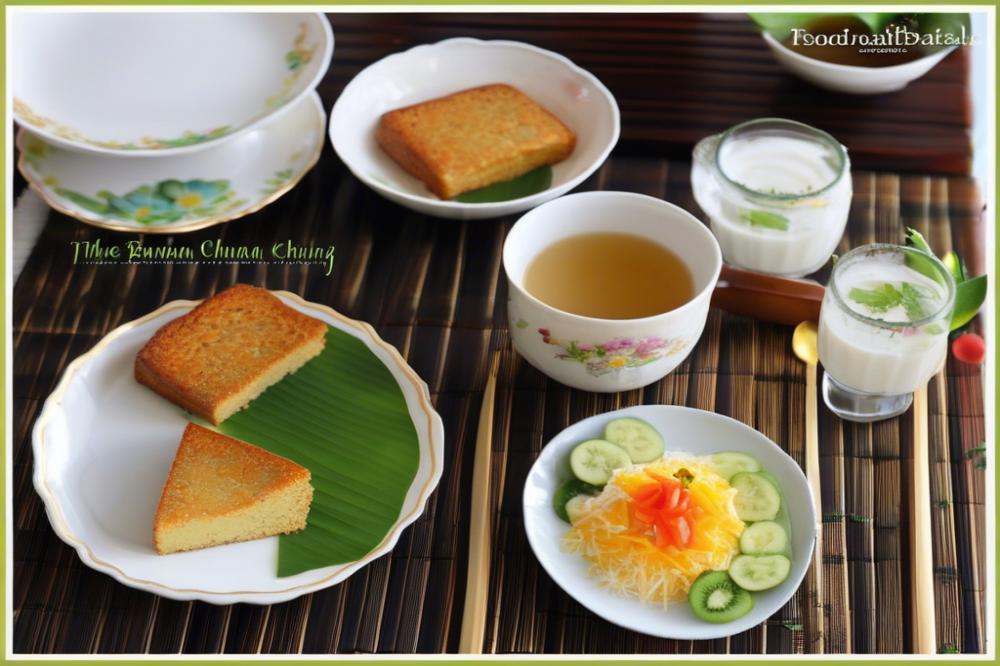
Best Ways to Serve and Present Bánh Chuối Nướng
When serving this Vietnamese dessert, presentation is key. Slice the banana cake into neat squares or rectangles. A simple white plate will contrast nicely against the cake’s golden brown color. Garnish with a sprinkle of toasted sesame seeds or shredded coconut for an eye-catching touch. You may also consider adding a few fresh banana slices on the side. This not only enhances the look but also highlights the main ingredient.
Pairing Ideas with Beverages or Other Desserts
Beverages can elevate the enjoyment of your banana cake recipe. A cup of strong Vietnamese coffee complements the sweetness beautifully. For a lighter choice, serve it with sweetened iced tea. This pairing brings a refreshing balance. If you’re feeling adventurous, a scoop of coconut ice cream alongside the warm slices can be a delightful combination. It adds a creamy texture and pairs well with the flavors of glutinous rice flour and ripe bananas.
Tips for Storing Leftovers to Maintain Freshness
Leftover Bánh Chuối Nướng can be stored easily. Wrap individual slices in plastic wrap or place them in an airtight container. Keeping them at room temperature works if you consume them within a day. For longer storage, refrigerate the cake to preserve moisture. In the fridge, it stays fresh for about four to five days. Reheating slices in the microwave for a few seconds can bring back some of its original warmth and texture. Enjoy your delicious sweet treats even after the main event.
Final Thoughts on Enjoying Bánh Chuối Nướng
Baking this delightful banana cake recipe brings a sense of joy that goes beyond just the delicious end product. The process itself is rewarding, filling your kitchen with inviting aromas that can brighten anyone’s day. Sharing each slice with friends or family creates moments to cherish, as everyone enjoys the soft, sweet flavor of this traditional Vietnamese dessert.
Trying your hand at making this treat can be a wonderful way to connect with another culture. Embrace the opportunity to explore new methods in the kitchen, and don’t worry if your first attempt isn’t perfect. Remember, cooking is about discovery and enjoyment, not just results.
Preserving traditional recipes, like this banana cake, adds richness to our culinary world. It connects generations, keeping heritage alive in each bite. In today’s fast-changing food scene, these recipes ground us, reminding us of the flavors and stories from the past. So go ahead, gather your ingredients, invite loved ones, and create a memorable experience together. Celebrate the simplicity and warmth that comes with making and sharing your very own Bánh Chuối Nướng.

